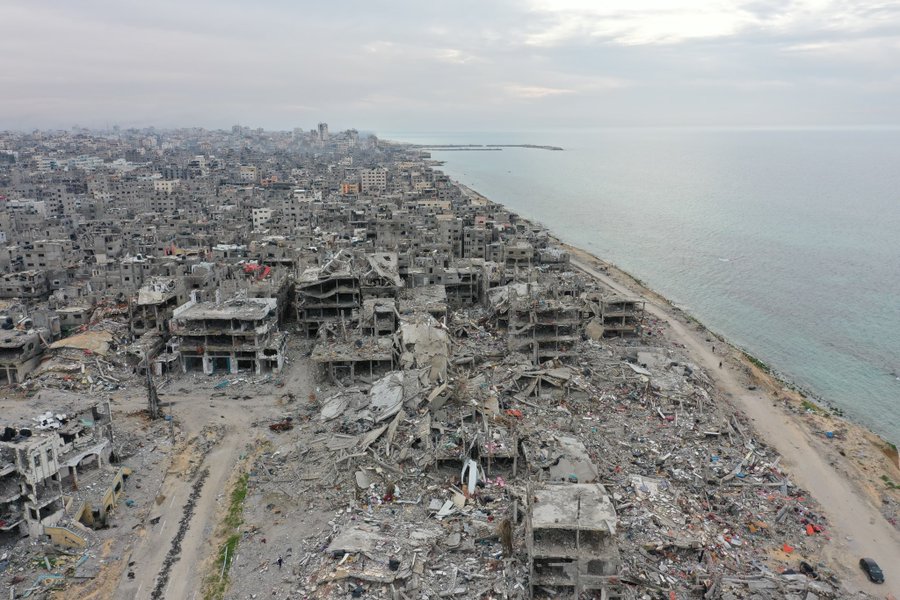Multi-Sector Partnerships and Context-Specific Respones
April 1, 2015| by Janae Bushman, UNA Women
At the Commission on the Status of Women panel discussion “Catalytic Partnership for Gender Equality in Education,” Irina Bokova, UNESCO’s Director General, took the lead in pointing out that secondary education is where most girls drop out of school, especially if they live in areas affected by conflict and war. In fact, data shows that secondary school enrollment is 1/3 lower in conflict-affected countries compared with other developing countries and that only 30% of the refugee girls worldwide are enrolled in secondary school.[4],[5]
Ms. Bokova suggested that in order to foster sustainable progress in girls’ education—especially in hard-to-reach areas or in fragile contexts—the UN needs to engage in more multi-sector partnerships. For example, UNESCO established the Global Partnership for Girls’ and Women’s Education to help increase the quality of learning opportunities available for adolescent girls at the secondary school level.[6] The partnership comprises 12 organizations that lend their resources and expertise in order to expand successful education initiatives and replicate good practices. Since the partnership’s inception in 2011, they have helped hundreds of thousands of marginalized girls across Africa and Asia stay in school.
Private companies play a major role in the Global Partnership by financing some of the most impactful initiatives such as Proctor & Gamble’s ICT project in Senegal and Nigeria. After just two years, this project helped more than 40,000 girls and women between the ages of 15 and 55 improve their basic literacy skills and helped reduce secondary school dropout rates amongst adolescent girls.[7] The project is a successful model that is now being replicated in other countries.
Partnerships with local organizations are also important to consider as many NGOs and local governments understand how to address cultural barriers to girls’ education. During the panel discussion on Catalytic partnerships, UNFPA’s Executive Director, Dr. Babatunde Osotimehin, highlighted two cultural issues that are major barriers to education for girls across Africa: 1) many parents do not believe that their daughter’s education is a good investment; 2) many parents marry off their girls when they get their first menstrual period, usually around 10, 11, or 12 years of age. Dr. Osotimehin advocated for working with local community leaders and parents to change cultural perspectives that can help protect girls’ rights to education specifically during their prime developmental stage (ages 12-14). This is crucial because if girls continue their education through secondary school, they will have the skills to make better choices in a time when some of their most important life decisions are made.
Partnerships can help to reach the most marginalized and support them where they need it the most. This could not be any more relevant to the current education crisis that Syrian refugee girls face in Lebanon and Jordan. With a little less than five percent of Syrian refugees, between ages 15 and18, attending formal secondary school in Jordan and Lebanon, it would be great to see UNESCO, INEE, UNICEF, and UNHCR establish a multi-sector partnership that includes private companies and dedicates resources to this particular education crisis.[8] Although many of these UN organizations are currently working with the governments of Lebanon and Jordan individually, a unified multi-sector partnership on the level of UNESCO’s Global Partnership for Girls’ and Women’s Education would have a “catalytic role” in effectively addressing the multi-dimensional challenges of educating Syrian refugee youth, especially adolescent girls. If we don’t improve our current approach, we may look back at our progress in 2035 and say “we fell short again.” Until then, we can set a non-lofty aspirational goal to provide marginalized girls in all countries, especially those living in conflict-affected contexts, with access to quality secondary schooling.



